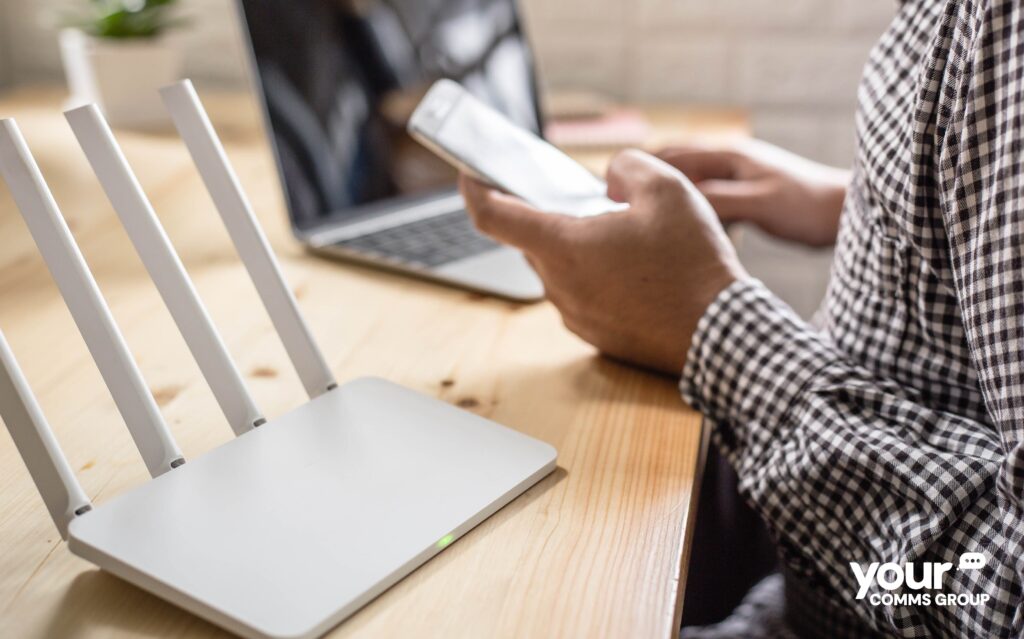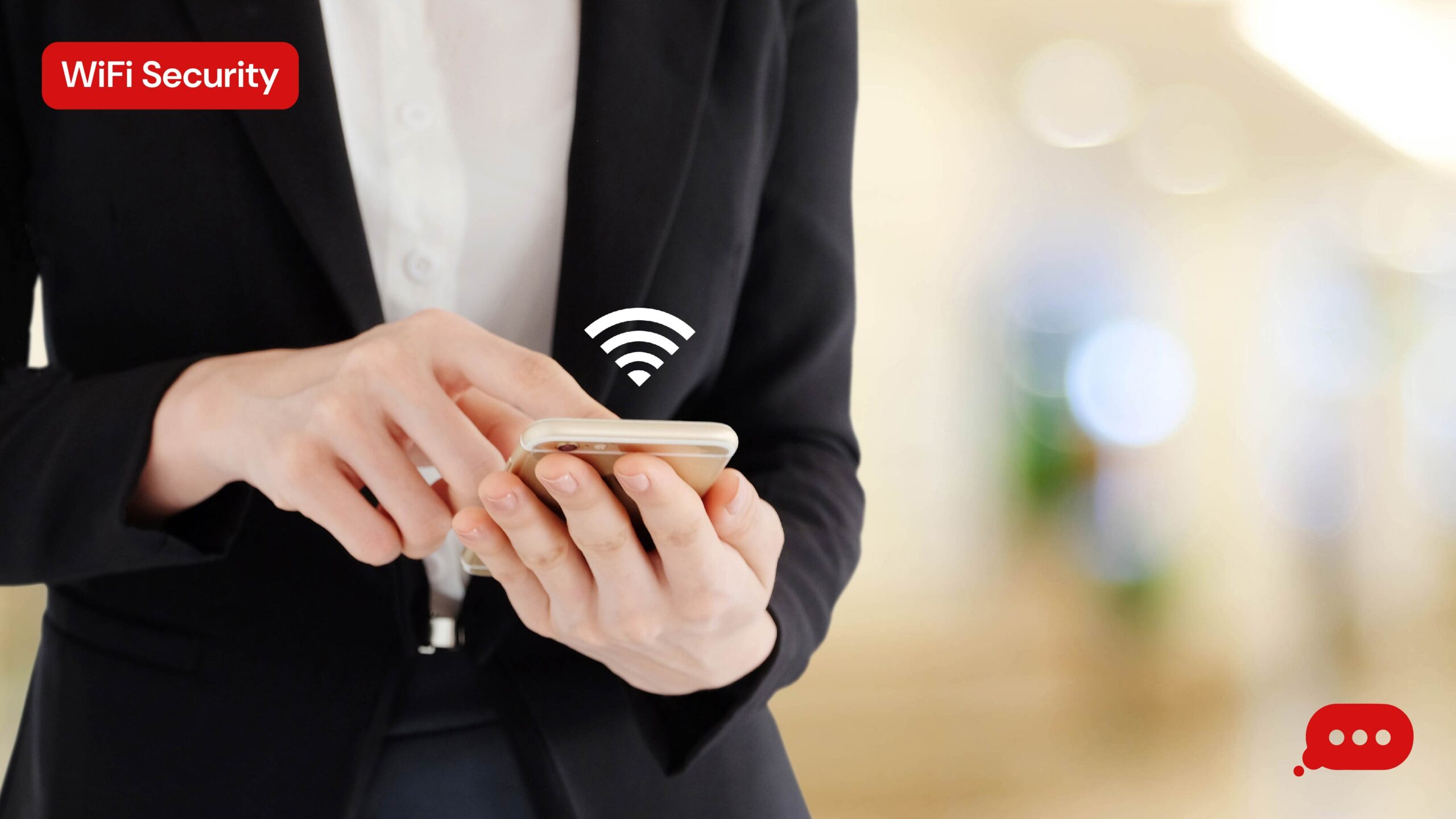
Your Wi-Fi network is the gateway to your internet activity and personal data. While having a secure connection is essential, it’s easy to overlook Wi-Fi security until there’s a problem. Fortunately, keeping hackers out doesn’t have to be complicated. You can make your Wi-Fi network far more secure with just a few simple adjustments.
Here are the best ways to protect your Wi-Fi from unauthorised access.
1. Set a Strong, Unique Password
One of the simplest ways to secure your Wi-Fi is to create a robust and unique password. Avoid common choices like “password123” or your name, and use a combination of letters, numbers, and symbols. A strong password makes it much harder for anyone to guess or break into your network. Remember to avoid sharing your password widely to limit your network access to trusted users.
2. Change the Default Network Name (SSID)
When you first set up your router, it likely has a default name, often revealing the router’s brand or model. Changing this name to something unique—without giving away personal information—makes it less attractive to hackers. A custom SSID adds an extra layer of privacy and makes your network less recognisable to potential intruders.
3. Enable Network Encryption
Encryption is a critical tool for Wi-Fi security. Most modern routers support WPA3 encryption, which is the most secure option. If your router doesn’t support WPA3, WPA2 is still a solid choice. Check your router settings to ensure encryption is enabled, as this encodes your data, making it harder for hackers to intercept.

4. Keep Your Router’s Firmware Updated
Router manufacturers regularly release firmware updates to fix security vulnerabilities and improve performance. Logging into your router’s settings periodically to check for updates can help you stay protected. Many routers have an automatic update option, which is worth enabling if available, to ensure you always have the latest security patches.
5. Disable WPS for Added Security
Wi-Fi Protected Setup (WPS) is a feature that simplifies connecting new devices but can also create security risks. Disabling WPS in your router settings reduces the chances of someone gaining unauthorised access to your network. This step is beneficial if you live in a densely populated area where network access may be at risk.
Conclusion
Securing your Wi-Fi doesn’t have to be complicated. Strong password-enabled encryption and regular firmware updates can protect your network from intruders. These simple steps protect your data and ensure a safer browsing experience for everyone on your network.
Your Comms Group offers comprehensive, secure broadband connectivity solutions for businesses looking to secure their networks and support safe remote work. Contact us at [email protected] or visit www.yourcommsgroup.com to learn more about our secure communication services.


